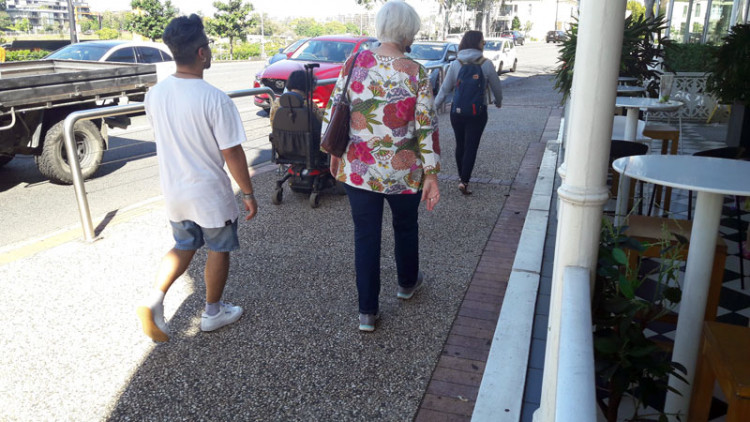All walking environments should adhere to the principles of inclusive design by ensuring that they are accessible to, and usable by, as many people as reasonably possible.
When designing places for walking, all human capabilities and states should be considered. People can have permanent or temporary limitations, and their energy can fluctuate.
PNG: Human capabilities and states
People of different genders, cultural backgrounds, ages and abilities have varying needs that should be considered within the walking environment to ensure it is inclusive.
Elements that can exclude some people are those that do not feel safe, are not obvious, or involve steps or uneven surfaces. For example, narrow footways, insufficient road crossing time, uneven surfaces and steep gradients, street clutter and low-lying obstacles, excessive noise and pollution, and lack of facilities such as seating or public toilets can make journeys impossible for many people. Conversely, non-slip footpath materials as well as clear kerb and building lines, kerb cutdowns and tactile indicators make a space more inclusive.
Following the three SOS principles for walking ensures that as many people as possible can access and use pedestrian environments easily:
PNG: Safe, Obvious and Step-free (SOS) principles
Measuring pedestrian activity in an area can identify whether the area is inclusive for all people if it reflects the demographics of that area.
PNG: Measuring pedestrian activity

Diverse range of people walking (Jeanette Ward)